Swimming is not only a great way to stay fit but also an activity that demands the perfect attire for both comfort and performance. With countless brands on the market, choosing the right swimwear can often feel overwhelming. From high-performance gear suited for competitive swimming to stylish and sustainable options for casual beach days, there’s a brand out there to meet every need. If you're looking to find out more about the top swimwear brands that stand out in terms of quality, style, and innovation, check out the list below.
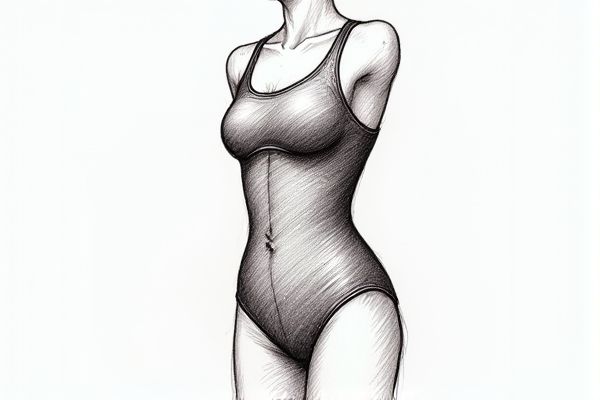
Illustration of swimming costume
Best brands of swimming costume in 2025
Speedo
Speedo is a leading brand in the swimwear industry, holding over 70% of the global performance swimwear market, with an annual turnover of $550 million. Founded in 1914, Speedo has been at the forefront of innovation, introducing groundbreaking technologies like the Fastskin and LZR Racer suits, which have helped athletes win numerous Olympic medals and break world records. The brand operates in over 170 countries and is known for its high-quality, performance-enhancing products. Speedo's commitment to research and development has enabled it to maintain its dominant position, with its swimsuits being worn by athletes who have won 47 medals and broken 23 world records at the 2008 Beijing Olympics. The brand's success is also attributed to its strong distribution network and sponsorship of world-class athletes. You can learn more about Speedo's target market on their blog.
Arena
Arena, a renowned Italian brand founded in 1973 by Horst Dassler, son of Adidas founder Adolf Dassler, is a leading producer of competitive swimwear. Celebrating its 50th anniversary in 2023, Arena achieved record revenue of EUR141 million, a 45% increase from 2021, with significant growth in the USA, Europe, and other regions. The brand is known for its innovative products like the Skinfit, Flyback, and Powerskin Storm wetsuit, and it sponsors 40 individual athletes and 25 national federations. Arena operates in over 128 countries and has seen a 71% growth in e-tail revenue in Europe, contributing to 25% of its total revenue. With a strong presence in the global swimwear market, Arena continues to innovate and expand its product lines, including beachwear and lifestyle segments.
TYR
TYR Sport Inc. is a prominent player in the swimming sports apparel and accessories market, known for its high-performance swimwear designed to enhance athletic performance by reducing drag and improving hydrodynamics. In 2023, the global swimming sports apparel market, which TYR is a part of, accounted for a revenue share of 91.2% and was valued at USD 16.68 billion. TYR's online platform, tyr.com, generates significant revenue, although it falls behind competitors like Speedo and Arena, with $1,172,481 in revenue as of October 2024. The brand's products are favored for their advanced materials, such as those providing compression and quick drying properties. TYR maintains a robust distribution network, facilitating its reach across global markets.
Nike Swim
Nike, although no longer a dominant player in the elite swimwear market, has historically been a significant producer of swimming costumes. In 2008, Nike held a 13% market share in the performance swimwear marketplace, though it has since exited the elite swim segment to focus on other categories like running, football, and training. Despite this, Nike continues to provide swimwear for universities and traditional retail customers. The company's decision to exit elite swim innovation was part of its long-term growth strategy, focusing on areas with larger growth potential. Nike's market presence in the broader sports and swimwear market remains strong, with a 7% share in the global market as of 2024. For more details on their swimwear offerings, visit Nike's swimwear collection.
Adidas Swim
Adidas, a prominent player in the global sports and swimwear market, is renowned for its high-quality swimming costumes. With a 2% market share in the global sports and swimwear sector, Adidas competes closely with other major brands like Nike, FILA, and Under Armour. The company's swimwear products are popular due to their innovative designs, comfort, and performance, catering to the growing consumer inclination towards sports activities. In the broader context, the global swimwear market, which Adidas is a part of, was valued at USD 20.47 billion in 2023 and is projected to reach USD 30.59 billion by 2032, exhibiting a CAGR of 4.68%. Adidas's strong brand presence and product offerings contribute significantly to this market growth.
Roxy
Roxy is a renowned brand in the swimwear industry, particularly celebrated for its high-quality and stylish products tailored for women and girls. Since its debut in 1990 as a sister brand of Quiksilver, Roxy has become a defining force in women's surf culture, introducing the first women's board short which quickly gained popularity. Known for its junior sizing scheme, Roxy swimwear often runs smaller than other brands, but offers the flexibility of mixing and matching sizes for a better fit. The brand uses high-grade materials like polyester and elastane, ensuring durability and comfort, and has also made significant strides in sustainability by incorporating recycled materials into their products. With a mid-range price point and a commitment to inclusivity, Roxy continues to be a favorite among surfers and beachgoers alike.
Lululemon
Lululemon, a leading brand in the athleisure industry, has consistently demonstrated its prowess in producing high-quality swimming costumes. As of the 2023 fiscal year, Lululemon's global sales exceeded $9.5 billion, with a significant portion generated from its direct-to-consumer channel, which surpassed sales from corporate-owned stores for the first time in 2020. The company's strong presence is marked by over 700 retail stores worldwide, with the United States accounting for nearly 70% of its sales. Lululemon's e-commerce segment has grown exponentially, making up more than half of its total revenue. This growth underscores the brand's commitment to innovation and customer preference. For detailed insights, you can visit Lululemon's statistical analysis on Statista.
Billabong
Billabong is a renowned brand in the swimwear industry, known for its high-quality and stylish swimming costumes. With a history dating back to 1973, Billabong has established itself as a leader, particularly in the surf apparel segment, which accounted for over 75% of the market share in 2020. The brand is popular for incorporating innovative materials and technical fabrics, making its products both functional and fashionable. Billabong's estimated annual revenue is approximately $451 million, with a strong global presence and a significant market share in regions like North America. The brand's focus on body positivity and inclusive sizing has expanded its customer base, appealing to a wide range of demographics.
Seafolly
Seafolly is a leading global swimwear brand, renowned for its high-quality and fashion-forward designs. Since 1975, it has been a cornerstone of the Australian beach lifestyle, holding a 40% market share in Australia and recognized as the world's largest fashion swimwear brand. Seafolly is also a prominent brand in the UK, Canada, Germany, Holland, and Switzerland, and it is the fastest growing brand in the USA and France. With offices in major cities like Sydney, LA, Miami, London, and others, Seafolly has achieved significant growth, including a 9% total company growth and 15% international growth in the financial year 2013. The brand offers a wide range of swim and lifestyle wear, including bikinis, one-piece swimsuits, cover-ups, and accessories.
Jantzen
Jantzen, a pioneering brand in the swimwear industry since 1910, has established itself as a leader in producing high-quality, fashionable, and comfortable swimming costumes. Known for its innovative designs, such as the introduction of the "Shouldaire" in 1931 and its use of quick-drying synthetics in the 1950s, Jantzen has consistently adapted to changing fashion trends. The brand's commitment to quality and style has been reinforced through its global presence, with design studios in over 18 countries by the 1950s. Jantzen's market presence has been further enhanced by its acquisition by Perry Ellis International in 2002. The brand continues to grow, leveraging social media and technological advancements to maintain its legacy and appeal to modern consumers.


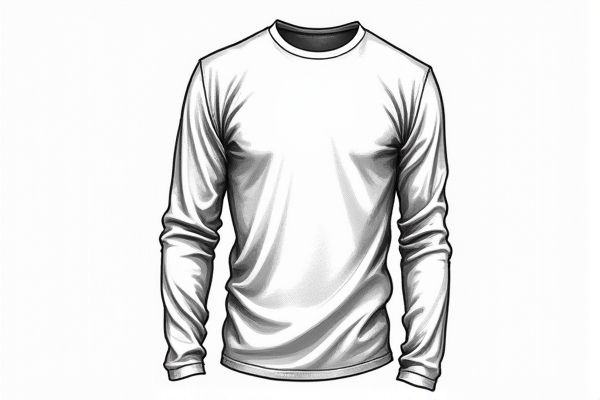









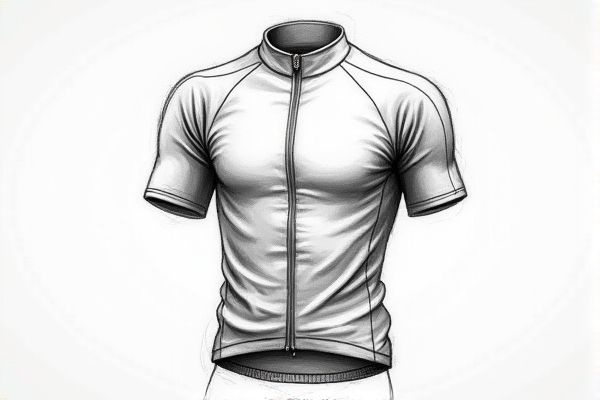
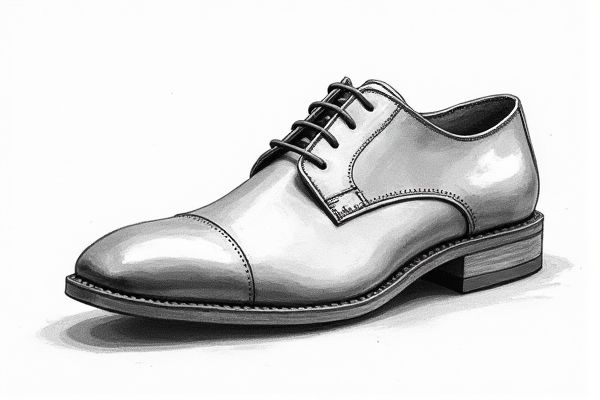
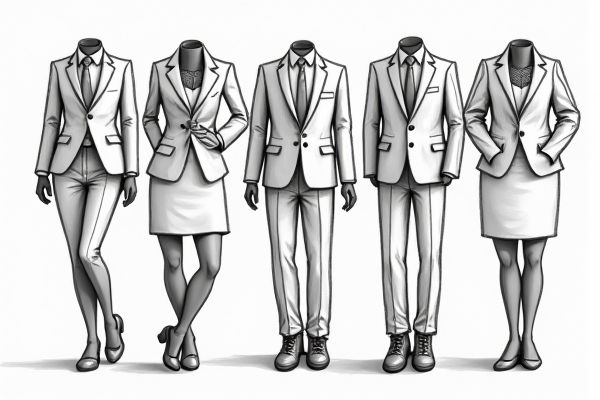

Leave a Reply
Your email address will not be published.